Glynn Simmons, who spent 48 years in an Oklahoma prison – the longest wrongful sentence in US history – is finally acquitted of murder, but only eligible for $175,000 in damages
An Oklahoma man who spent more than 48 years behind bars was finally acquitted of a 1975 murder and walked out of prison a free man.
Glynn Simmons, 71, is now eligible for $175,000 in compensation from the state after serving the longest wrongful sentence in the nation's history.
'This is the day we have been waiting for for a long time. It's finally happening,” Simmons said. “Today we can finally say that justice has been served, and I am happy.”
Simmons has maintained his innocence, claiming he was in Louisiana at the time of the 1974 murder of Carolyn Sue Rogers, a clerk who was shot in the head at a liquor store in Edmond, Oklahoma.
He was convicted of the murder in 1975 and initially sentenced to death after a key witness, who had been shot in the head during the robbery, identified him in a line.
The witness later contradicted some of her testimony, and a dozen others stated that Simmons was in Louisiana at the time of the murder.
Glynn Simmons, 71, who spent more than 48 years behind bars, was finally acquitted Tuesday of murder in a 1975 liquor store robbery
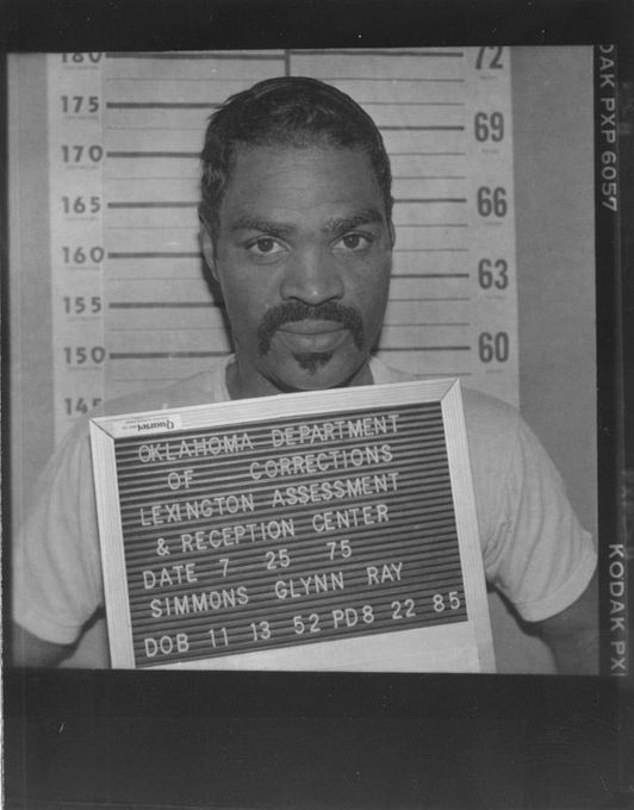
Simmons has maintained his innocence, claiming he was in Louisiana at the time of the 1974 murder of Carolyn Sue Rogers, a clerk who was shot in the head at a liquor store in Edmond, Oklahoma.
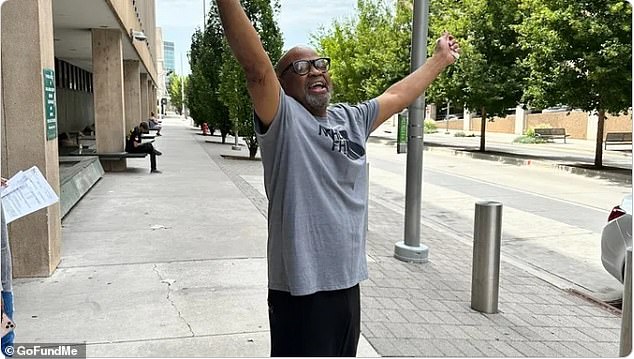
Simmons is now eligible for $175,000 in compensation from the state after serving the longest wrongful sentence in the nation's history.
“This court finds by clear and convincing evidence that the crime for which Mr. Simmons was convicted, convicted and imprisoned … was not committed by Mr. Simmons,” Oklahoma County Judge Amy Palumbo ruled Tuesday.
Simmons, who has served 48 years, one month and 18 days since his conviction, is the longest-serving U.S. inmate to be exonerated, according to data from the National Register of Exemptions.
“It's a lesson in resilience and tenacity,” Simmons said of his case. “Don't let anyone tell you it can't happen, because it really can.”
Simmons and co-defendant Don Roberts were both convicted of the murder in 1975 and initially sentenced to death after a witness identified them in a police lineup.
Their sentences were reduced to life in prison in 1977 following U.S. Supreme Court rulings on the death penalty.
According to the district attorney's office, Roberts was released on parole in 2008, but Simmons remained incarcerated.
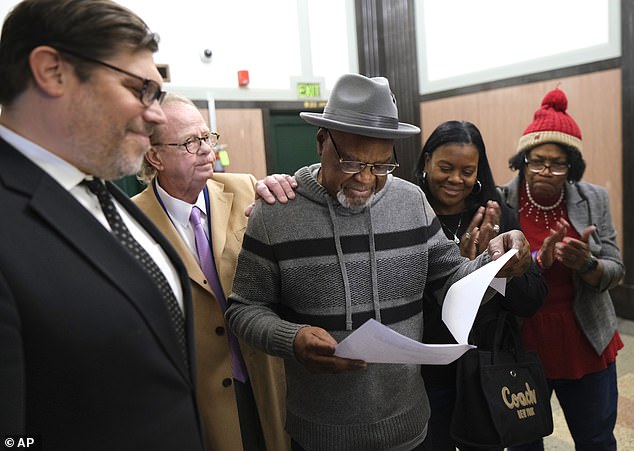
Simmons, who has served 48 years, one month and 18 days since his conviction, is the longest-serving U.S. inmate to be exonerated
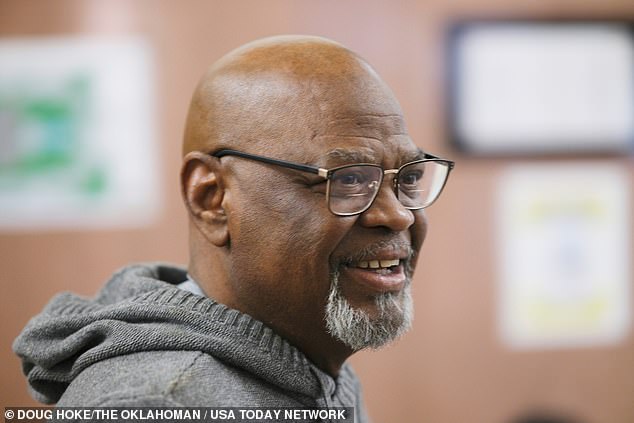
Simmons and co-defendant Don Roberts were both convicted of the murder in 1975 and initially sentenced to death after a witness identified them in a police lineup.
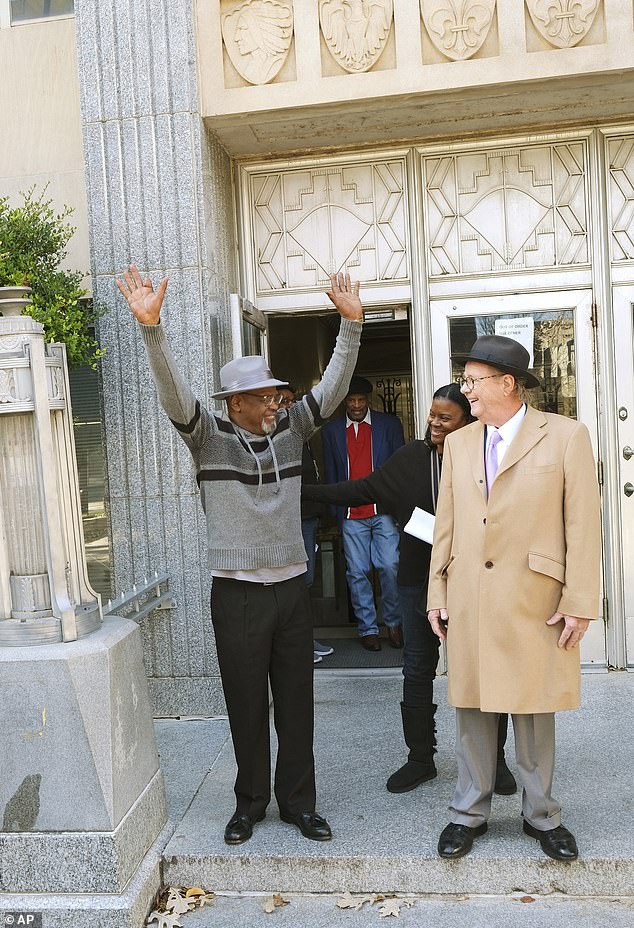
Simmons had long maintained his innocence behind bars, but was denied parole
In July, Palumbo ordered a new trial for Simmons after District Attorney Vicki Behenna said prosecutors had failed to turn over evidence to the suspect's attorneys.
“There was a police report, an important police report, that was not turned over, so we came to the conclusion, because we believe in fair and just trials in Oklahoma, that we had to file for a new trial,” Behenna said. said.
“We believe that all of the evidence that counsel should have had access to at trial was denied access to that evidence. Our legal system requires that,” the prosecutor said.
The police report indicated that the eyewitness, 18-year-old Belinda Brown, who was shot in the head during the robbery, may have identified other suspects in the case.
Belinda, who was interviewed three days after the murder, told police she could not remember the incident if given more time.
“No, I think if I waited much longer it would all get mixed up in my head…” she said at the time, as reported by KFOR in 2014.
Composite sketch artist Jim Garr, who worked with Belinda in 1975, said: 'It was difficult to get details from her, but I think we got enough in the end to come up with a composite sketch.'
Brown reportedly chose a handful of different suspects in as many as nine police lineups at the time, but ultimately chose Simmons and Roberts.
Police spokesperson Jennifer Monroe said in a statement, “The 18-year-old victim never positively identified anyone until Don Roberts and Glynn Simmons physically lined up at OCPD.”
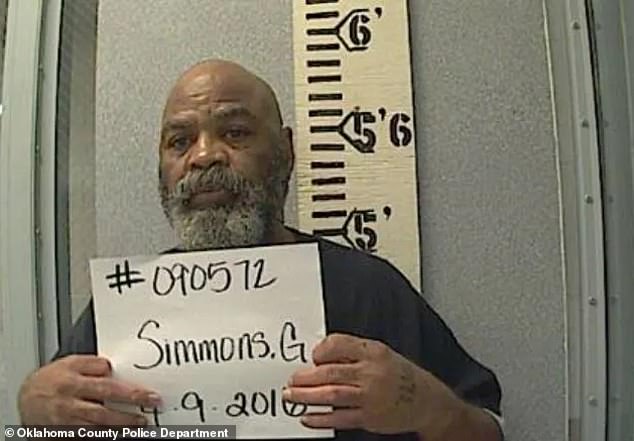
Prosecutors relied primarily on Belinda's 1975 testimony because police said in court that no fingerprints were collected at the murder scene.
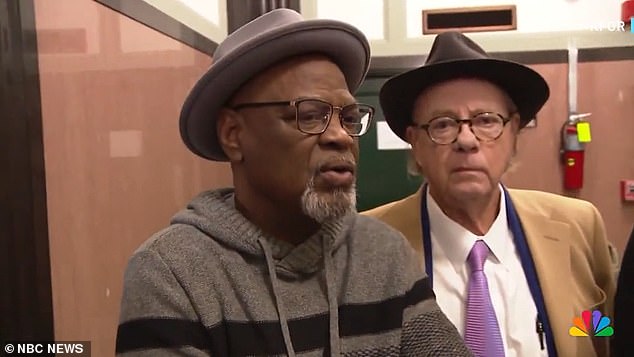
In July, Palumbo ordered a new trial for Simmons after District Attorney Vicki Behenna said prosecutors had failed to turn over evidence to the suspect's attorneys.
After the two were charged, the case was quickly brought to trial in 1975, lasting less than three days.
Prosecutors relied primarily on Belinda's testimony because police said in court that no fingerprints were collected at the murder scene.
Police reports later show that detectives recovered at least one usable fingerprint and a .22-caliber bullet. The jury was never told that Belinda had initially identified other suspects in a lineup.
Simmons testified that he was in Harvey, Louisiana, with some friends at the time of the murder, and did not go to Oklahoma until January 5, 1975, six days after the murder.
Simmons had long maintained his innocence behind bars, but was denied parole.
“I'm not really interested in justice right now. Justice is something that God dispenses. I seek mercy. I will make my appeal for mercy. I appeal to man's higher conscience to show mercy,” he said in 2014.
Simmons' attorneys, Joe Norwood and John Coyle, said last month that the lineup report was “powerful evidence of innocence” because it showed the eyewitness did not actually identify Simmons.
“Not only would the withheld lineup report have changed the outcome of the trial against Simmons, but it would also have prevented the state from trying Simmons in the first place,” the attorneys wrote.
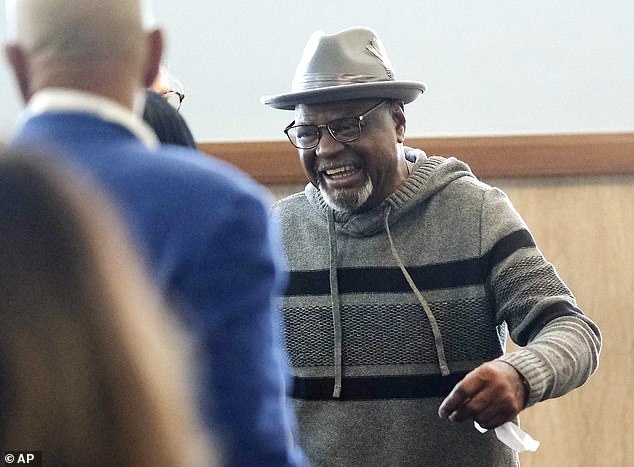
In September, the district attorney said there is no more physical evidence in the case against Simmons and announced she would not try him again, although she opposed finding him factually innocent.
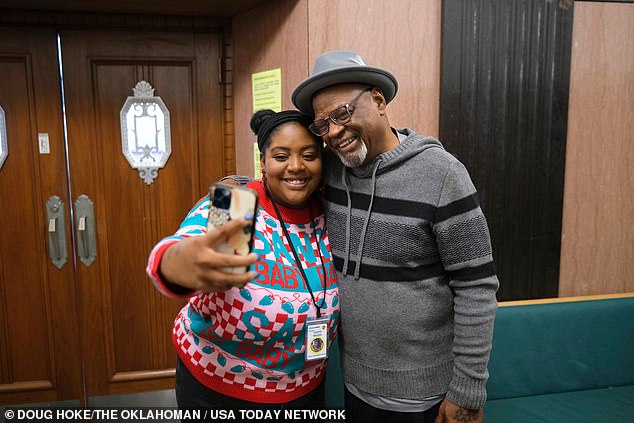
But compensation will likely be years away, attorney Joe Norwood said Wednesday
Behenna said in September there is no more physical evidence in the case against Simmons and announced that she would not retry him, although she was against actually declaring him innocent.
The ruling makes Simmons eligible for up to $175,000 in compensation from the state for wrongful conviction.
But compensation will likely be years away, attorney Joe Norwood said Wednesday.
“Getting compensation, and getting compensation is not certain, is in the future and he has to earn a living now,” he said.
“Glynn has to live on it GoFundMe“That's literally how the man survives now: he pays rent and buys food,” Norwood said.
Simmons is undergoing treatment for liver cancer that was discovered after his release from prison in July.
'I'm going to use this money to live! I want to get my own living space, clothes, furniture, transportation, food and medical needs,” Glynn wrote on the GoFundMe page.
'I am 70 years old. I plan to use the remaining time to help others who are still stuck where I was. We need to fix this system so that what happened to me will never happen to anyone else again,” he wrote.
He raised more than $37,000 on Wednesday with a goal of $50,000.
